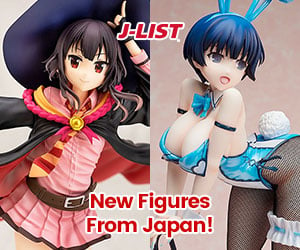Hello and TGIF from your friends in Japan!
Japanese study English, but there’s always a subtle conflict that no one acknowledges: do they study American English or British English? The Japanese have always had great respect for England, and have patterned much of their government after the U.K. Still, the Japanese tend to study American spelling (“color” not “colour”) and pronunciation, as a general rule, because of the long influence of the postwar occupation and Hollywood movies. The problem is, it’s not a fixed rule — British English is sometimes used in schools, just enough to confuse the poor kids. When my wife was in Junior High school, she took part in a pronunciation contest. She practiced and practiced the text she was supposed to read, but unfortunately, the teacher who helped her with the material had learned British English, and the two accents confused her terribly.
Proper names are also notoriously difficult to read in Japanese. My wife’s family’s last name, Yanai, is read as “Yanagi” or “Yauchi” in almost every other part of Japan besides our city, and sometimes people in out city can’t read our last name, despite the fact that the mayor has the same last name as us (we’re distantly related, I think). Place names can be difficult for Japanese to read, unless they happened to grow up in that area. All the place names in Northern Japan, which was inhabited by the indigenous Ainu people for thousands of years, have odd names can’t be written with standard characters — and as a result, most Japanese often can’t read the names.
Studying the names of Japanese companies can be interesting. For example, I’ll bet you never knew that Kyocera is short for “Kyoto Ceramics.” The number one car company in Japan is Toyota, which is located in Toyota City, Aichi Prefecture (near Nagoya) — but the company came first, and the city changed its name to Toyota City in 1959 “to reflect its bright prospects to develop and prosper as an automobile city.” The number two Japanese car company is Honda, founded by Soichiro Honda to make motorcycles after the end of World War II. Mazda, which is more than half owned by Ford now, is really called Matsuda in Japan, but they came up with the name Mazda so they could sound less Japanese in foreign markets. Datsun’s name has an interesting story — DAT were the first letters of the names of three founders, and they considered the company they were founding to be their son, thus DATSON. However, “son” (with a long vowel, so that it rhymes with bone), means “loss” or “disadvantage” in Japanese, so they changed it to “sun,” a much more cheerful word. Datsun was later bought out by one of its distributors, Nissan (which means “Made in Japan” — if you said “America-san” it would be “made in America”). Subaru, based near J-List, is the Japanese name for the star cluster we called the Pleiades. Some popular beer companies are Asahi (“morning sun”), Kirin (named after a magical Chinese dragon), and Suntory (the president’s name as Tori-san, so he reversed it to come up with the name of his company). Other interesting names are Daihatsu (“Osaka Engineering Tools”), Pocky manufacturer Glico (which gets its name from the word “glycogen”), and Bridgestone (named after its founder, Mr. Ishibashi, which means “stone bridge”).
For the new update, we’ve got a great new volley of new products for you, with everything from new snacks to photobooks to magazines to anime items and toys. Please check out all the great new items!
Remember that J-List offers a huge selection of cool toys from Japan, which are usually sold in the Japanese marketplace and not available outside of Japan. From Japan-market Hot Wheels to Kubrick toys and high-quality soft vinyl anime figures, we’ve got some really cool stuff for your collection.















